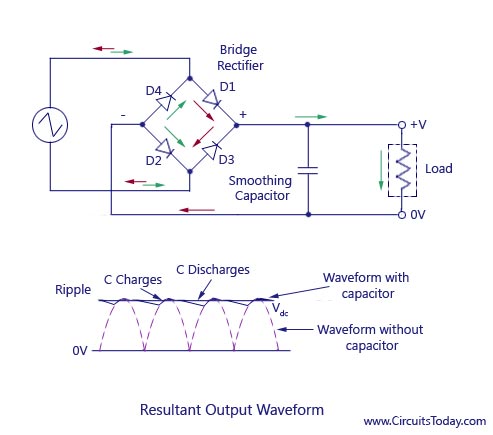Quote from: Loco Bill Canelos on December 17, 2019, 11:46:31 PM
If using LED's be sure to add a 1000K resistor to the circuit to protect the LED.
I think you meant 1kΩ, which is 1000Ω, not 1000k, right?
Please read the Forum Code of Conduct >>Click Here <<
This section allows you to view all posts made by this member. Note that you can only see posts made in areas you currently have access to.
Show posts MenuQuote from: Loco Bill Canelos on December 17, 2019, 11:46:31 PM
If using LED's be sure to add a 1000K resistor to the circuit to protect the LED.


Quote from: charon on April 24, 2015, 09:21:41 PMI didn't say I was going anywhere!
Yea!
Goodbye JVSS!
Chuck
